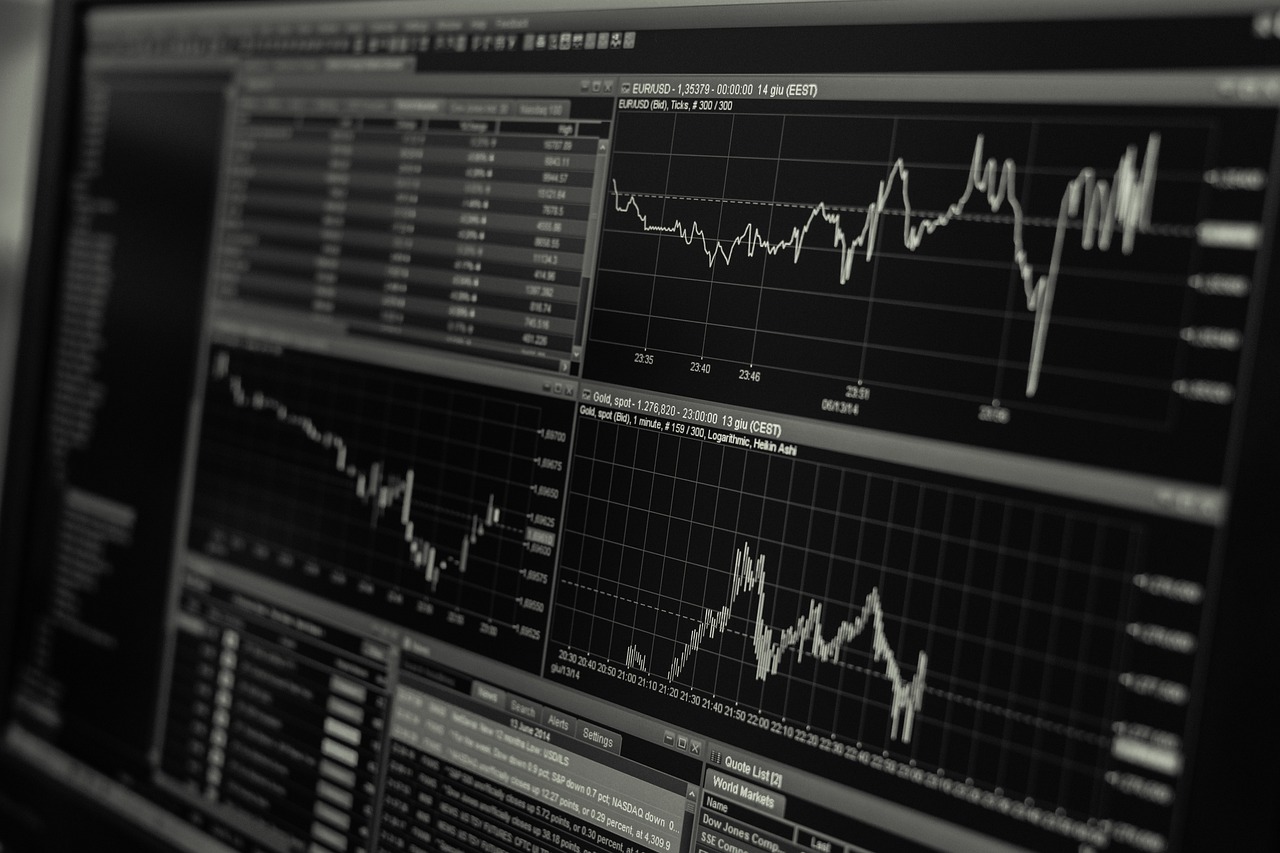The First Republic was faced with a major challenge during the Federal Reserve’s rate hike – a succession crisis. As tensions rose in the banking industry, the future of America’s financial stability hung in the balance. Join us as we delve into this pivotal moment in history and discover how The First Republic fought to maintain its position as a cornerstone of American finance. From intense boardroom meetings to behind-the-scenes negotiations, we’ll explore every angle of this exciting chapter in our nation’s economic story. So grab your seatbelt and get ready for an exhilarating ride through The First Republic’s battle during the Federal Reserve’s rate hike!
Background
Facing a succession crisis, the Federal Reserve faced criticism for its rate hike. The Fed’s move was seen as a way to help President-elect Donald Trump secure the presidency against Democrat Hillary Clinton. Critics argued that the Fed’s high interest rates would only make it harder for Trump to revive the economy and help create jobs. However, others saw the rate hike as necessary in order to prevent another financial crisis.
The Fed’s Decision to Raise Rates
On December 14, 2017, the Federal Reserve announced that it would increase its key interest rate by 0.25%. The Fed’s decision to raise rates is likely a response to recent reports of stronger economic growth and increasing inflationary pressures.
The increase in the federal funds rate is likely to have a modest impact on consumer spending. Higher rates could encourage investors to put more money into longer-term investments, like Treasury bonds, rather than taking out short-term loans. This would slow investment growth and potentially cause companies to delay or halt hiring plans.
Higher rates may also reduce the amount of money that people are able to borrow for mortgages and other consumer debt. This could lead to slower sales at stores and reduced spending on items like cars and furniture.
The Fed’s decision will have a minor impact on the U.S. economy overall. However, it could Heighten political risksassociated with America’s ongoing succession crisis .
As I previously wrote in this column , America is facing an unprecedented succession crisis . Unlike past wars or natural disasters that were relatively straightforward transitions from one president or monarch to another, American presidents and central bankers face an ongoing battle over who will succeed them when they retire or are replaced by scandal or poor performance .
To date, no one has been able to convincingly fill the vacuum left by President Donald Trump’s controversial firing of FBI Director James Comey late last year . In fact, since then there has been an alarming string of political
President Trump’s Reaction
On January 30th, 2017, President Donald Trump announced his intention to nominate Stephen Moore, a prominent economic commentator and former adviser to the presidential campaign of Donald Trump, to serve as the Chairman of the Federal Reserve. The nomination was met with criticism from many quarters, as Moore is seen as a critic of both the current monetary policy and efforts made by the Federal Reserve to moderate financial market volatility.
While there is certainly room for criticism of certain aspects of Fed policy under Trump’s administration, it remains to be seen what impact Moore’s appointment will have on the institution’s future course. In any case, given that Moore has no experience in monetary policy or banking regulation, it will be interesting to see how he approaches these issues if he does assume office.
The Legacy of the Rate Hike
The legacy of the 2016 Federal Reserve rate hike is still being felt today. The increase in interest rates led to increased borrowing costs for consumers and businesses, which in turn contributed to a slowdown in the economy. This has had a major impact on the American workforce, as many people have been forced to take pay cuts or face unemployment. The Fed’s decision to raise rates was controversial at the time, but it may have ultimately been beneficial overall.
What comes next?
The U.S. economy is enjoying an unprecedented period of sustained growth, but the country’s political system may not be able to handle what comes next.
The Federal Reserve’s rate hike earlier this year created a succession crisis in the United States. The announcement that chair Janet Yellen would step down at the end of her term sparked a scramble for her replacement, with many lawmakers pushing for a candidate from within the Fed.
There are several potential candidates for the top spot at the Fed, including Esther George, currently vice chair for research and development at JPMorgan Chase (JPM). George has been critical of central bank policies in recent years, and some have argued that she would bring more independence to the role of chair. She faces significant challenges if she is nominated: namely, convincing Senate Republicans to vote for her confirmation and overcoming public opposition to increased regulation from within the banking industry.
If George isn’t nominated, another potential candidate is Jerome Powell, who currently serves as governor of the Federal Reserve Bank of New York. Powell has advocated for gradual rate hikes over past years, which could make him more likely to support such a policy if he were to become chair. He also lacks prior experience in monetary policymaking and faces similar hurdles in getting confirmed by the Senate.
Other possible candidates include John Williams, president of San Francisco-based asset management firm shadow bank giant J P Morgan Asset Management (JPMAM); Dan Tarullo, current member ofthe Board of










